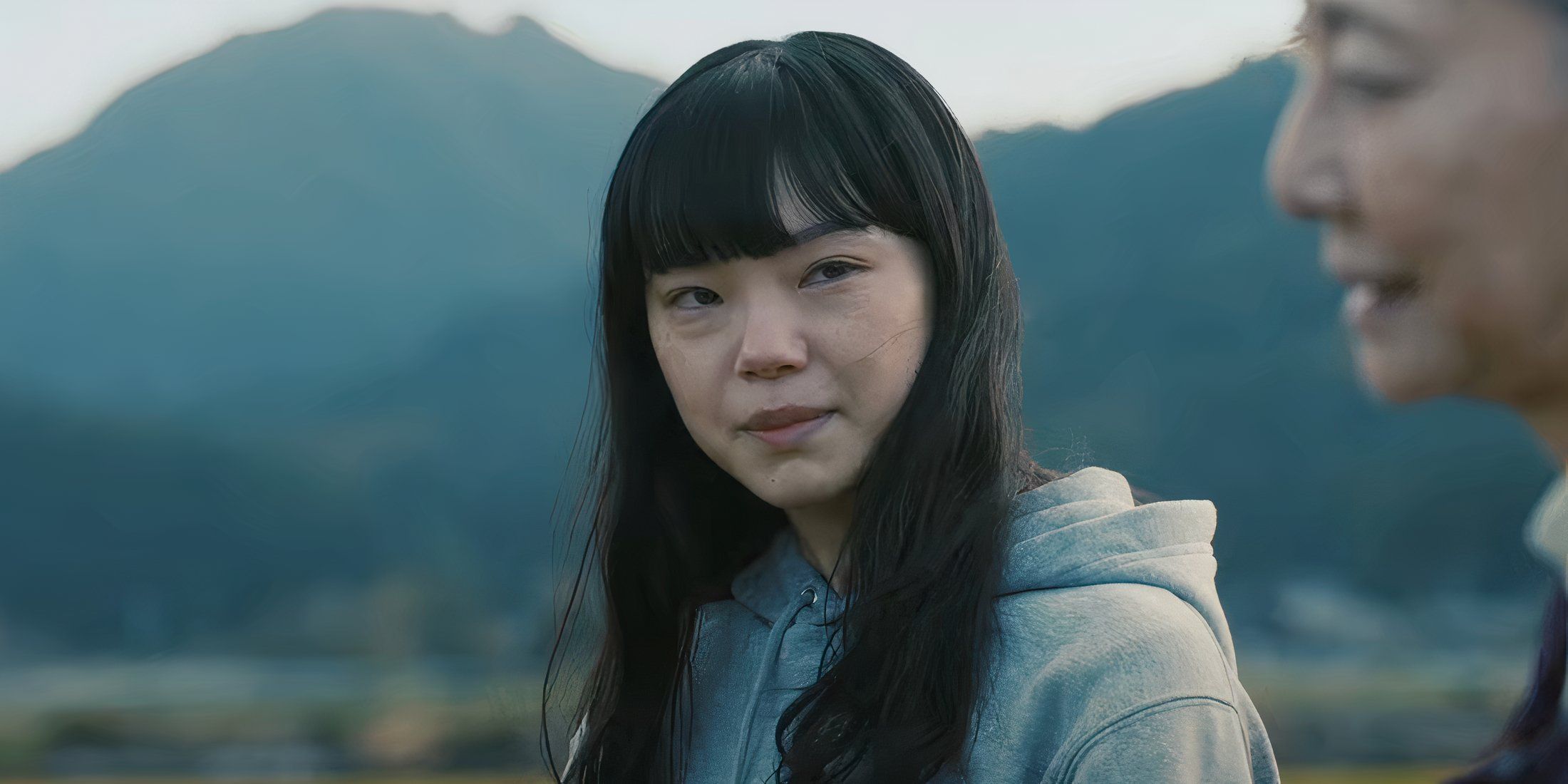Best Wishes to All: Un regard troublant sur la société
A child with paper wadded into his bleeding eye sockets like they’re plugging a bloody nose. A human pyramid serving as a makeshift delivery table for a pregnant woman. A man flailing on the ground in his underwear, unable to see or speak because his eyes and mouth are sewn shut. With his feature-length directorial debut, Best Wishes to All, Yûta Shimotsu establishes a talent for eerie and indelible imagery, all wrapped up in a disturbing satire of what humans are willing to ignore in order to live their contented lives. But those unsettling images may be better suited to a trailer than the full-on movie that Shimotsu has made, whose story occasionally struggles to put them in context.
Une allégorie troublante
We’re in the realm of fables and allegory here, so Best Wishes to All is populated by fittingly unnamed characters who are more symbols than people. Our audience surrogate is a young woman (Kotone Furukawa) working her way through nursing school in Tokyo, reluctantly returning to the rural Anytown, Japan where she grew up. That’s where her grandfather (Masashi Arifuku) and grandmother (Yoshiko Inuyama) still live, and as the woman learns her parents’ arrival has been delayed, she seems distressed to be left alone with grandma and grandpa. We don’t quite know why, though we’re able to glean a vague sense of unease from an opening flashback that’s all unnerving slow zooms and ominous music cues.
Le réveil d’une réalité sombre
The interactions start out awkward, in a banal sort of way, with the camera boxing the woman between her grandparents while they share a meal. But their behavior only grows stranger the longer she stays, like grandpa standing vacantly in the hallway, mouth agape as though his brain is tuned to the static of some occult radio station. They try to get their granddaughter to rub their eyeballs, and over dinner, they break into a fit of oinking while remarking that pigs want to be slaughtered. You know, the sort of freaky old folks imagery that leads a character to float “maybe it’s dementia” over the phone when, of course, it’s something much more sinister.
Une atmosphère d’oppression
Best Wishes for All is certainly never subtle, but it does come into its own once its scope expands from spooky grandparents to the rot beneath society at large. With the most upsetting material broken up by a few scenes that play as dark comedy, conventional horror isn’t the aim here. Instead, Shimotsu synthesizes an atmosphere of wrongness from these oscillating tones – the sense of a world out of joint as its people embrace evil with a smile.
Un film aux images troublantes
Best Wishes to All is an oppressive, emotionally draining experience, offering little reprieve from its misanthropy. A friend (Kôya Matsudai) of the main character’s who otherwise seems like an oasis of sanity muses that “the world couldn’t go on if everyone chased their dreams.” But even accounting for the larger goal of simply keeping the audience off balance, a few scenes (particularly ones involving the grandparents) indulge in bizarre and disquieting imagery seemingly for its own sake. These moments may look great in isolation, but within Best Wishes to All, they feel only tenuously related to what’s trying to be said, amounting to the dread-laden equivalent of a cheap jump scare.
Une conclusion décevante
Call it a symptom of Shimotsu stretching what’s roughly a Twilight Zone episode’s worth of story to feature length. Best Wishes to All was, indeed, a short film first, and it’s one of those films that can immediately be identified as such, because once its allegory comes into focus, it doesn’t have anywhere left to go. It can’t deepen our investment in the characters because they’re all metaphors, and it can’t explore their society because its foundation matters less than the message it’s built to convey.


